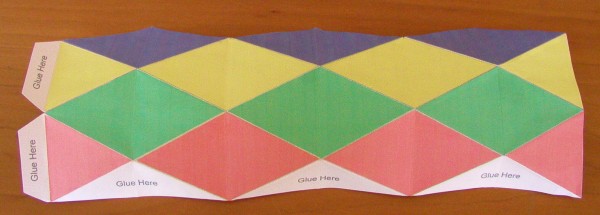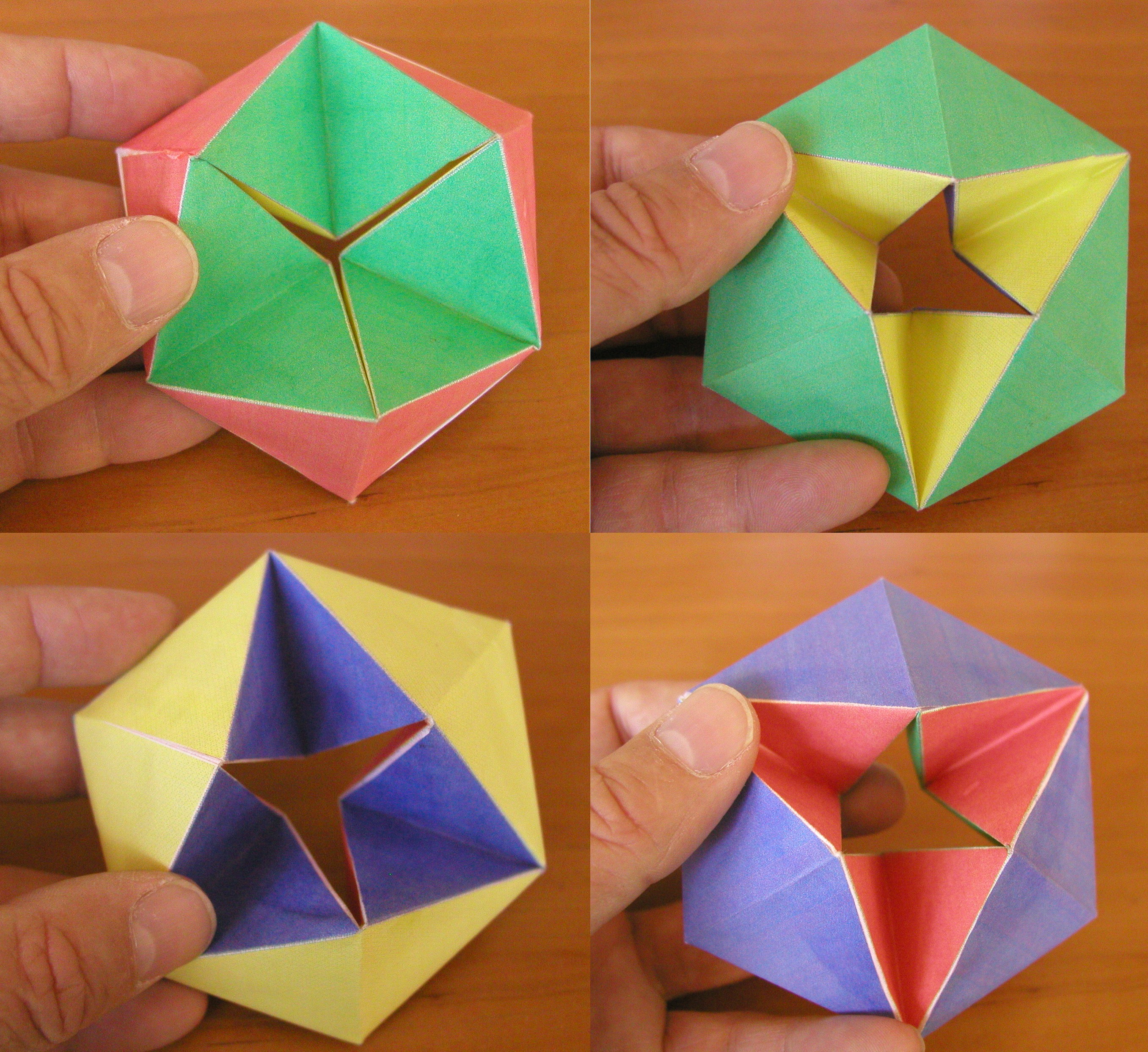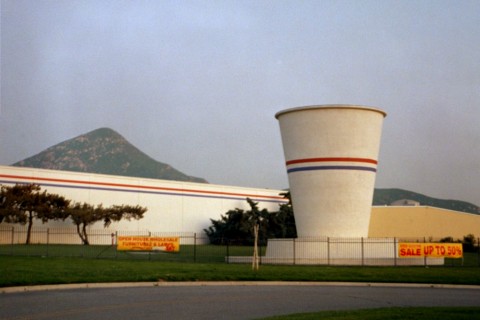The Paper House?!
The following interview appeared in the Cape Ann Sun, 1996.
Mr. Elis F. Stenman, a mechanical engineer who designed the machines that make paper clips, began building his Rockport summer home out of paper as a hobby. That was in 1922 The paper was meant to be good insulation.
Now Stenrnan's grandniece, Edna Beaudoin runs the Paper House as her mother did for many years. The following interview is from a conversation with Beaudoin.
How do you make a paper house?
Well, let me see. (Elis Stemnan) started out making a house for the summer. The framework to the house is wood-just like any other house-it has a regular wood-en floor and wooden roof. The wall material, which was supposed to be insulation really, is pressed paper about an inch thick. It's just layers and layers of newspaper, glue, and varnish on the outside That keeps it pretty water-proof actually. This was done in 1924 and he lived here in the summertime up until 1930. Actually, I guess he was supposed to cover the outside with clapboards, but he just didn't. You know, he was curious. He wanted to see what would happen to the paper, and, well, here it is, 70 some thing years later.
Have you revarnished it?
Oh yes, lots of extra varnish on the Paper House walls. When the house was built, of course, the porch wasn't here. That was built sometime in the early '30s. So the porch roof really protects the bottom part of the Paper House walls. The top section-up there on the peaks of the roof-that has shingles on it. Roofing shingles, so there really isn't any paper exposed to the weather. Rain blows in, sometimes snow, but it's held up pretty well con-sidering how old it is. We really don't varnish the inside of the house because the more you put on, the darker it gets and we really just like to leave it so you can still read the papers.
After the wall material was made, and he was living in it, he made the furniture. The furniture is made out of little paper logs. The little rolls of paper are maybe a half inch thick and they're all cut to different sizes-cut with a knife. Then they're glued together or nailed together.
Who was Elis Stenman?
He's my- I guess you could say he's a grand uncle. He's my mother's uncle. HE and Mrs. Stenman lived in Cambrdige when they started this and he was an engineer. He designed machinery and we just really don't know where he got the idea to build a house out of paper. He was just that sort of a guy. He was curious- an amateur inventor. He started dabbling with trying to make a steam iron and that was back in the '20s. I don't believe that he ever patented it, but he was always doing little experimental things. When he was making the house here, he just mixed up his own glue to put the paper together. It was basically flour and water, you know, but he would add little sticky substances like apple peels. But it rea11y has lasted. The furniture is usable-it's quite heavy. Basically the furniture is all paper except for the piano which he covered.
He covered the piano with paper?
Yeah, it's a real piano and he just put the paper outside. And then there's the mantle on the fireplace. The fireplace actually is usable because it's really a brick fireplace.
There's a clock in there. It's actually very interesting. It's a grandfather clock and there's a paper from each one of the 48 states in it, so there's all the states' capitols and you can read them all the way down the front of the clock.
It was made in the '30s, so there's no Alaska and no Hawaii.
Do you know when the electricity was put in?
The house was built with electricity. Yup, electricity, and they even had running water in it when they lived here. It was summer water; the pipe came right up over the ground, but there was water in there. But there were no bathrooms. They were over there in the woods-over yonder. And, no, the outhouse wasn't paper.
What's the lineage? How did the house get passed down to you?
Well it was the Stenman's who actually raised my mother. Her parents dies when she was very young and they were her parents basically. I never knew him- he dies when I was just a baby, but Mrs. Stenman -and it was she who made all the little drapery things in there, which are also made of paper-was really like my grandmother. So, it's really like the family heirloom.
When did the house get opened up as a museum?
Probably in the '30s. When they were living in here in the summertime, people used to come up to the house. You know, word got around. This is a small town. Word got around that there was this man making a house of paper. People were curious as early as the late '20s. But I don't think they started to charge admission until after Mrs. Stenman died in 1942. I suppose that's when it really became a museum. It used to be 10 cents to get in.
How much is it now?
A dollar and a half. Inflation. lt's $1.50 for adults and a dollar for children six to 14.
Do you feel a great responsibility to keep it intact?
Yeah, I do. I feel responsible for it, but I don't worry about it. It's been here since 1924, so I guess that if a stone was going to blow it over, then so be it. Here it sits and you can't spend your life worrying that something is going to happen to it. You just take care of it and that's it.
What's the most commonly asked question about the Paper House?
I think probably the most common question is just why?
Do you know the answer?
No. I don't really know the answer. I don't really know why unless he was just really thrifty or something. Newspapers were pretty inexpensive; everybody gave him their papers.
GETTING THERE: The house is somewhat off the beaten path and the signs can easily be missed.
On entering Rockport follow 127 to Pigeon Cove. After the Yankee Clipper Inn take the second left
(Curtis Street) then another left on Pigeon Hill Street to No.52 (on your right).















